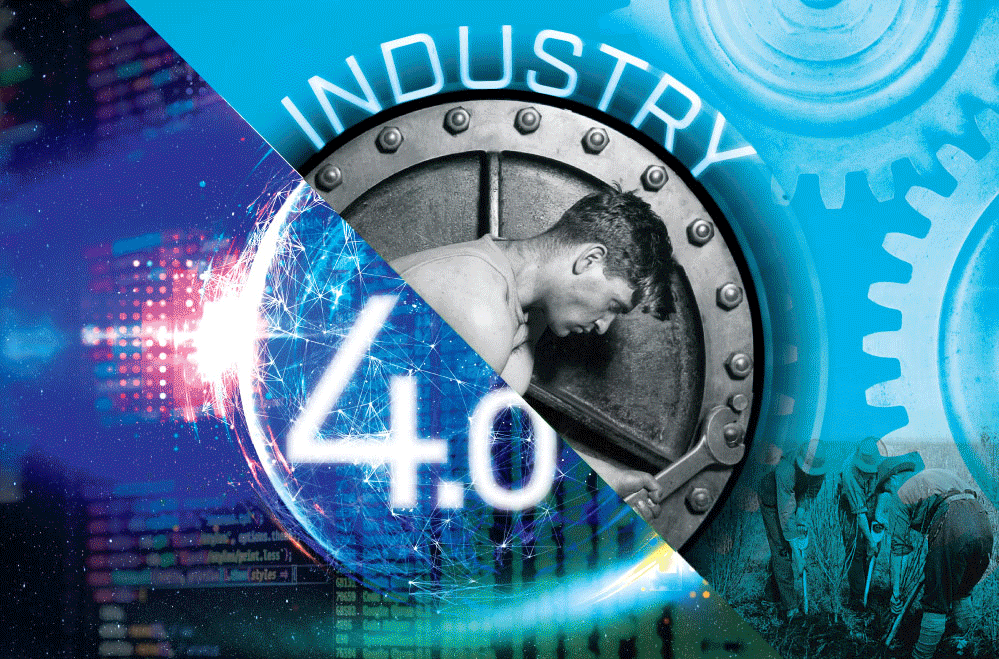The New Industrial Revolution is changing the way products are made and shaping the future. The fourth industrial revolution, Industry 4.0, will introduce better products to the market in less time and at a lower cost.
Industry 1.0, mechanization, replaced animal and human labor with machines, which was driven by the steam and internal combustion engine. Industry 2.0 was characterized by mass production. Assembly lines increased productivity and efficiency, and shipping was made easy because of railways and telegraph lines. Industry 3.0, digitization, consisted of a rise in telecommunications, computers, nuclear power. Electronics and IT were also integrated into manufacturing procedures.
Industry 4.0 started in 2011 and focuses on revolutionizing interconnectivity. Optimized manufacturing, higher-level automation, and integration of cyber-physical systems throughout the supply chain are all driving change. Industry 4.0 requires 3 things: Smart communication, data quality, and smart devices.
Smart communication allows manufacturers to quickly respond to a variety of issues, including changing demand, inventory shortfalls, or equipment faults. IIoT collects data that can be analyzed to improve operations and efficiency. Machine to machine communication interacts without human intervention and monitors equipment, tracks inventory, and more. Digital thread automates the real-time flow of information between humans and machines, which creates traceability throughout product life cycles.
Data quality helps companies rapidly locate and respond to problems through an organization-wide network. Physical-digital-physical loop collects data from operations and supply chain, analyzes that data in real-time, and implements a decision through an automated process. Digital twins use sensor data and AI simulation for predictive maintenance.
Smart devices act as a catalyst for the future of the industry, creating increasingly autonomous ecosystems. These include driverless vehicles in warehouses and drones for maintenance and inventory management.
Before trying to implement an Industry 4.0 strategy for your company, you must recognize how it will impact your business. You need to understand your business use case, standardize your business data and processes, prepare an effective data structure, and focus on high-fidelity data creation and communication. Additionally, you need to collect Industry 4.0 data from suppliers, connect all departments with a digital thread, make products and processes smarter, and deliver component data with digital twin capabilities to customers. The final step is building data fidelity with outside partners through high-fidelity CAD data, which includes internal CAD data and supplier CAD data.


